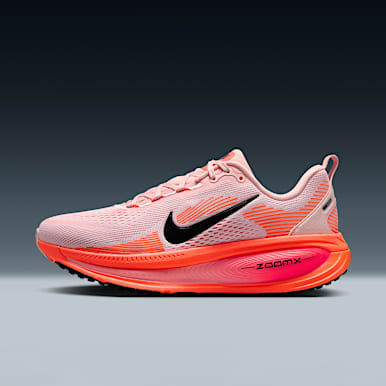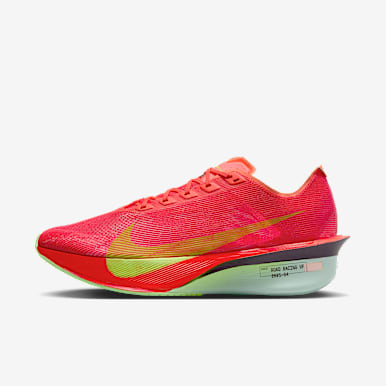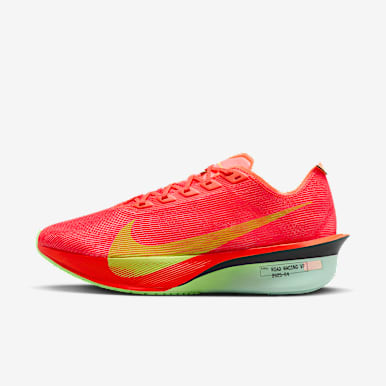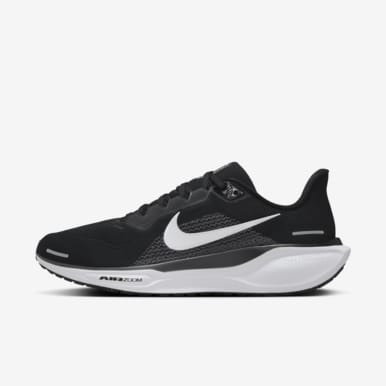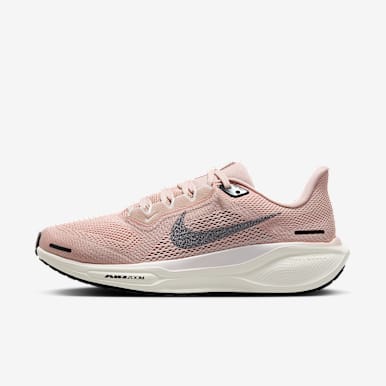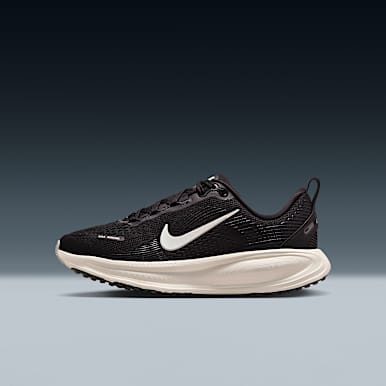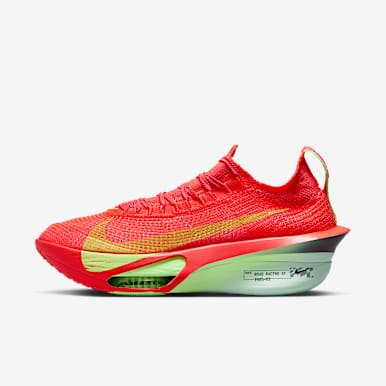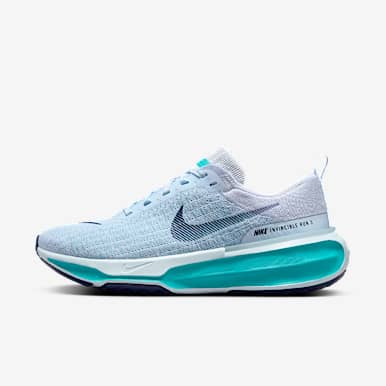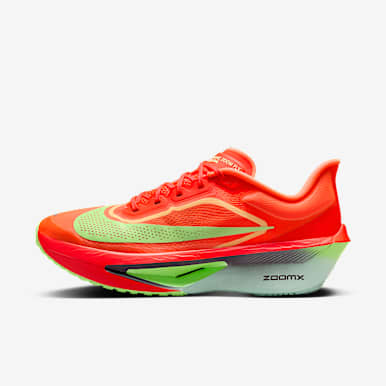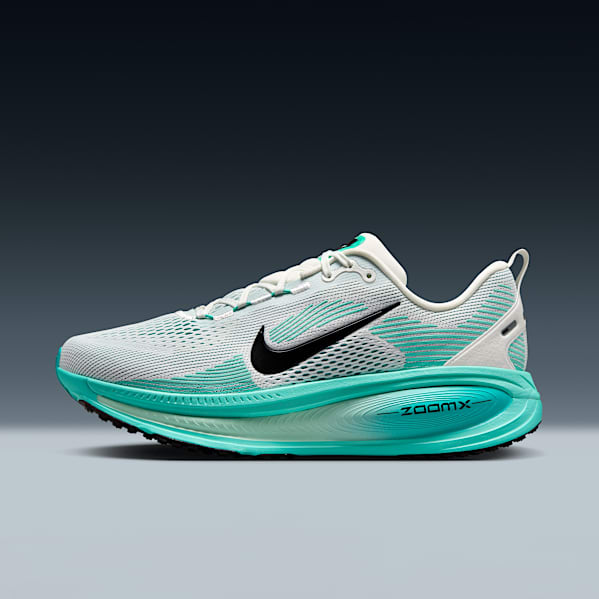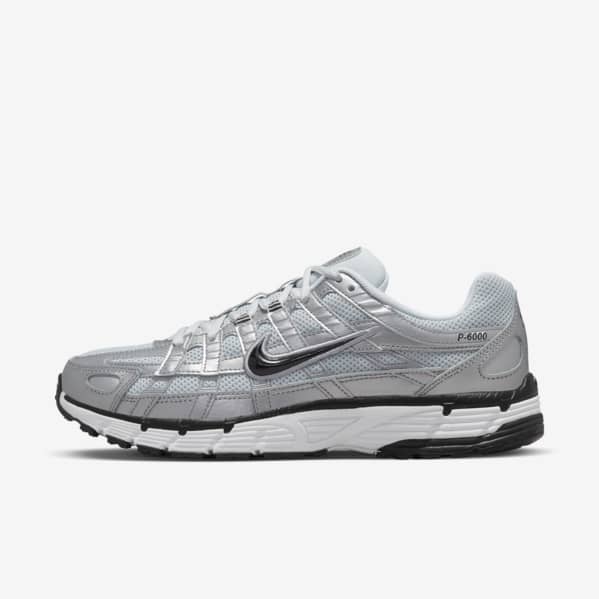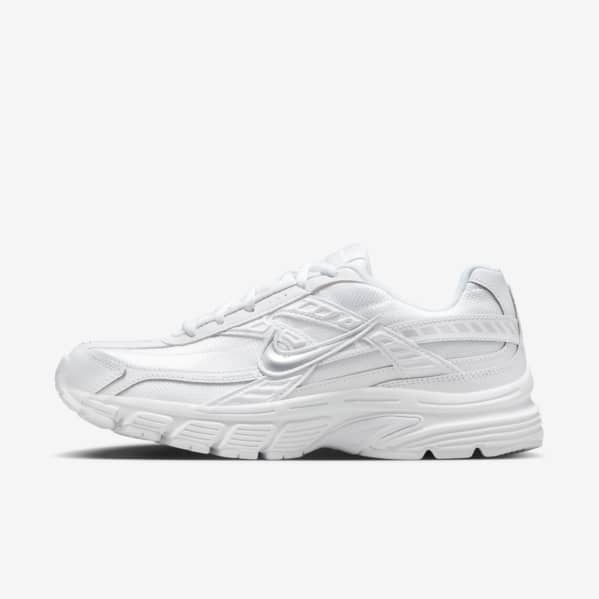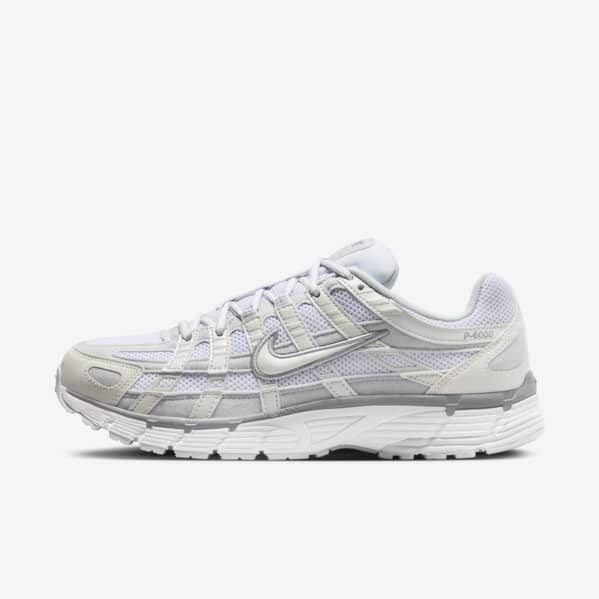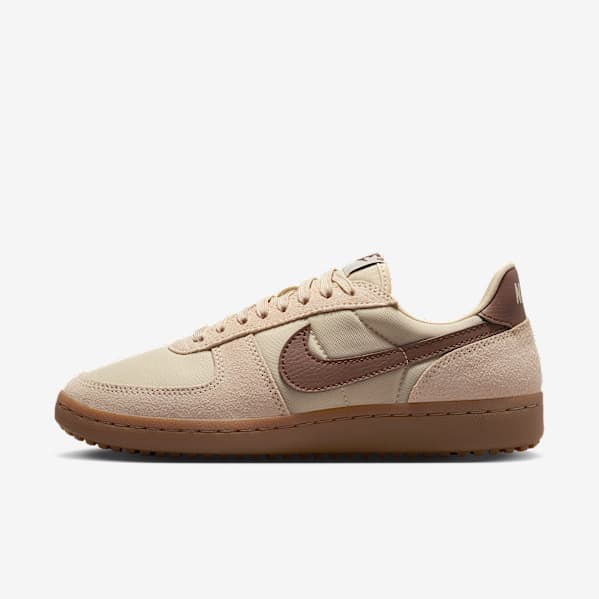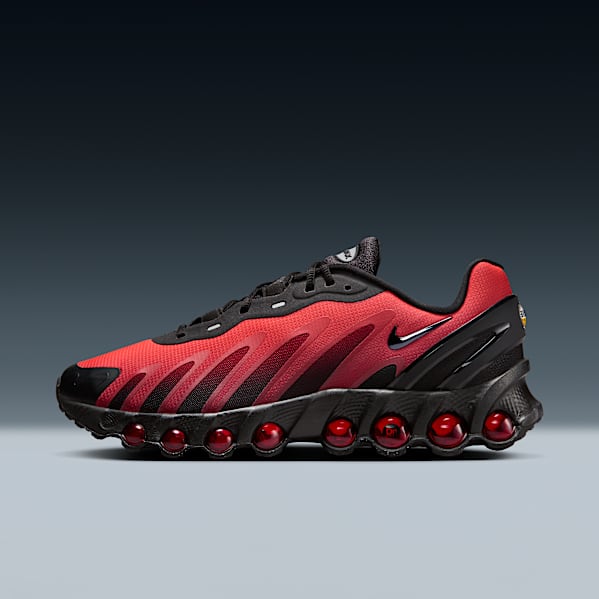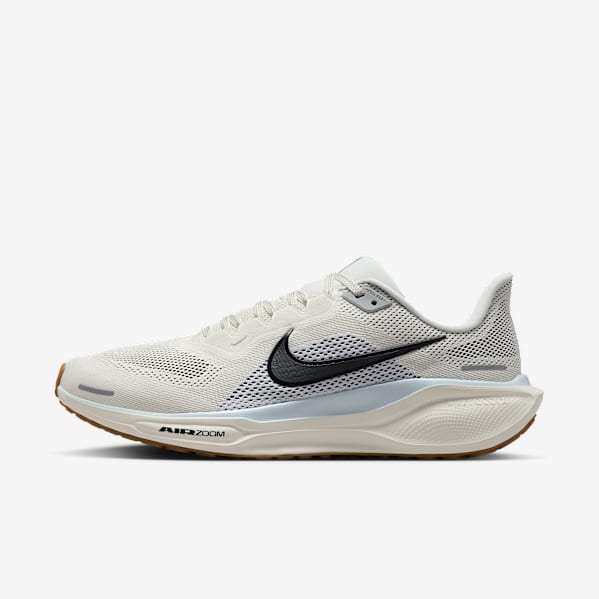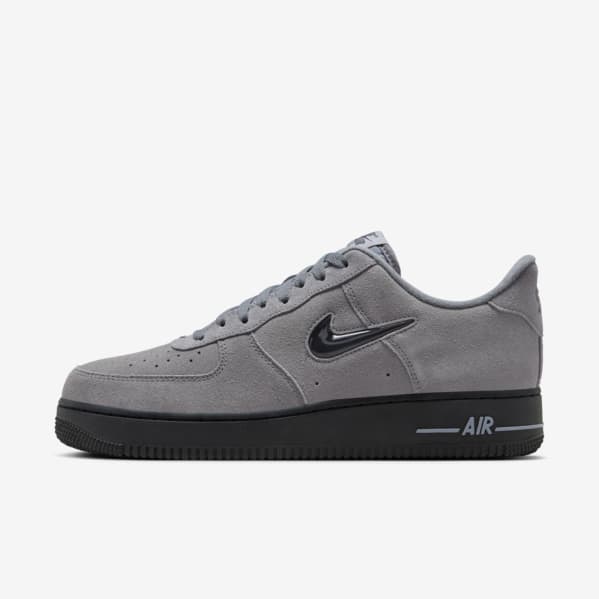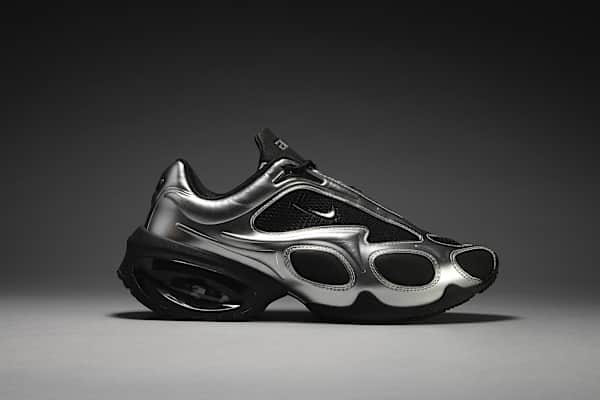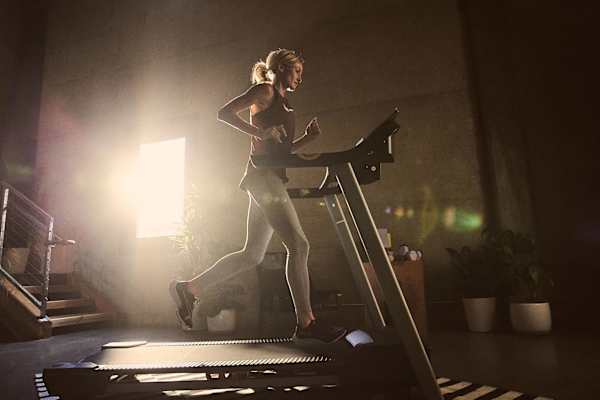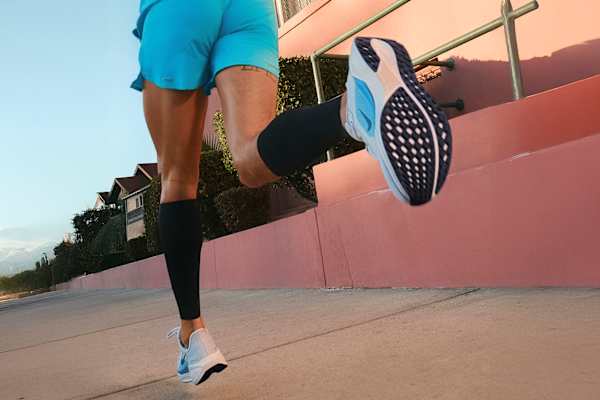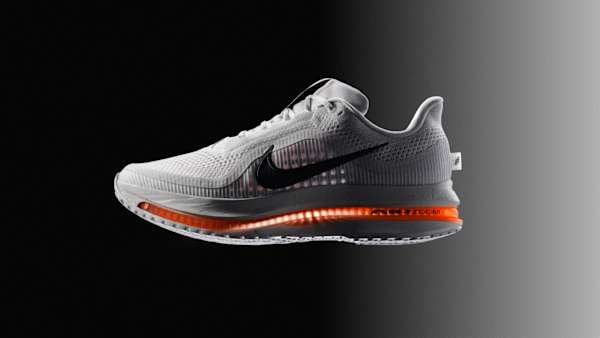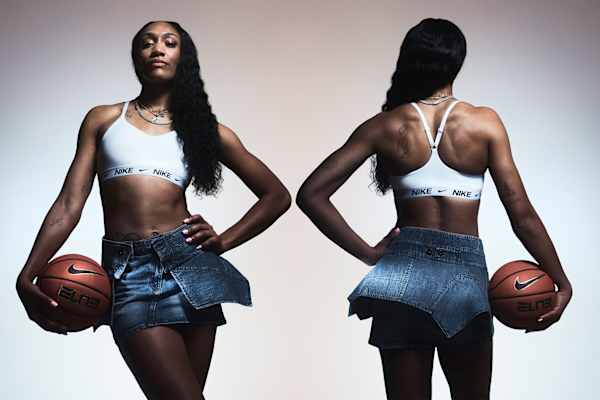Training shoes vs running shoes: what's the difference?
Buying guide
Running and training shoes support different types of movement, and knowing the distinction is essential to getting the best results from every workout.
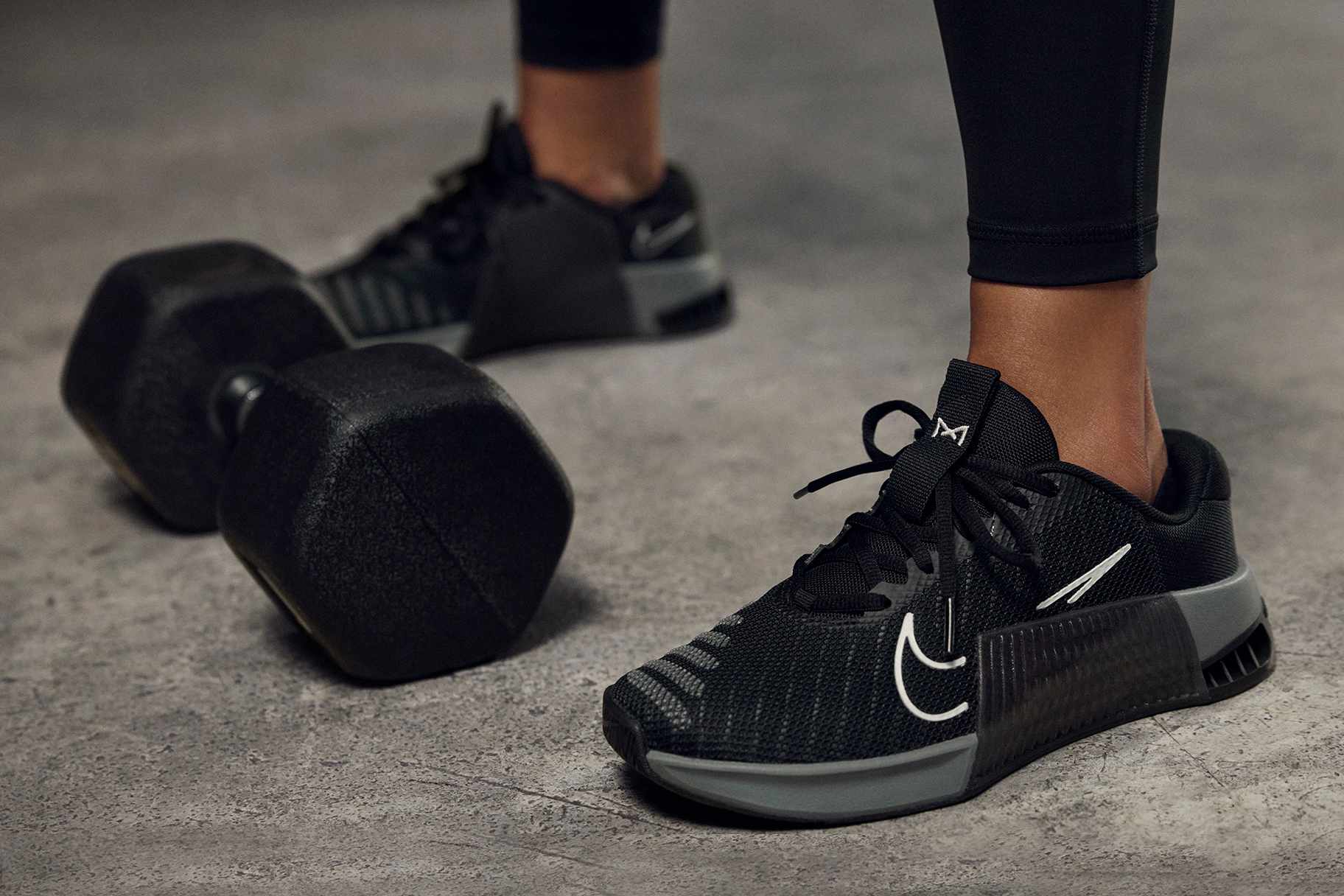
Whether you're a runner, a gym-goer or both, you need the right gear to support your hard work and help you feel your best. But with so many options for athletic shoes on the market, it can be difficult to determine which shoe will be best for each activity.
You might be tempted to just grab your most comfortable pair of sneakers on your way out the door, but wearing the wrong shoe type for your workout can increase your risk of injury. While cross-training shoes and running shoes have some similarities, running shoes provide the appropriate cushioning needed for long distances, while training shoes support a greater range of movement patterns. Here's how to choose the perfect shoe for your next workout.
What Are Running Shoes?
Running comes with a tonne of physical and mental health benefits, from reducing anxiety to increasing your lung capacity. But the repeated impact of your feet hitting the ground can also put stress on your body and lead to injury if you're not wearing the right gear. Running shoes are designed to provide shock absorption and support forward movement while still remaining lightweight so you can fly across the road or track. They have more midsole cushioning and arch support than training shoes, which can help protect against overuse injuries like stress fractures.
When to Wear Running Shoes
It might seem obvious, but running shoes are specifically designed for running, so you should wear them when you run. The only exception is if you are running short distances on a treadmill to warm up before weight training—you may choose to wear your cross-training shoes if you're running less than a mile. If you're running longer distances on the road or treadmill, choose a pair of lightweight road-running shoes. If you're running outdoors, you should have a pair of trail running shoes, which provide increased protection on rough terrain.
What to Look For in Running Shoes
- Comfort and fit: Make sure to try on your running shoes towards the end of the day in your typical moisture-wicking running socks. The toe box should be roomy enough for you to wiggle and stretch, and the heel collar shouldn't rub or slip on your heel. They should feel just right from the get-go; don't rely on a break-in period.
- Cushioning and responsiveness: Aim for a shoe with plenty of midsole cushioning, especially if you're running long distances. For example, the innovative Nike Zoom cushioning system is designed to absorb impact and limit stress on your body.
- A lightweight feel: You don't want your running shoes to slow you down, so choose a pair with a lightweight construction, without sacrificing cushioning where you need it most.
- Traction and protection: If you'll be running on a trail, look for shoes with deeper lugs and more durable uppers.
- The right heel-toe drop: Traditional running shoes have a heel-toe drop of 10mm or more, which comes from the added cushioning in the heel. You'll want that if you tend to strike aggressively on your heel, but if you strike more with your mid or forefoot, or if you have chronic knee problems, opt for a lower heel-toe drop.
What Are Cross-Training Shoes?
Training shoes are capable of supporting a wide range of movements, from lateral plyometric moves to squats on the spot to quick direction changes. Training shoes are typically flatter, with a lower heel-toe drop and greater flexibility. They're also designed to provide more stability. For example, the Nike Air Zoom SuperRep 2 for men and women distributes energy across a full-length plate, braces your foot when you move from side to side and holds your foot in place with a mesh-ribbed upper.
When to Wear Training Shoes
Training shoes are effective for a wide range of activities, including:
- High-intensity interval training (HIIT)
- Outdoor training bootcamps
- Weightlifting
- Strength training
- Plyometrics
- Agility training
- Basketball, volleyball and tennis
- Aerobics classes
- CrossFit
- Zumba and dance classes
- Some yoga classes (optional)
What to Look For in Training Shoes
The best cross-training shoes will depend on your activity, but in general, you should look for the following:
- Comfort and fit: Make sure you can move your toes, your heel doesn't slip and your foot doesn't stretch out the upper. Go for the pair with the best initial feel instead of relying on a break-in period.
- Arch support: Choose shoes with enough cushioning to support your arch, reducing the chances of a sprain.
- Stability: Wide, thick outsoles will keep your foot in place when you move from side to side.
- Firm heel support: This helps provide ankle stability during weightlifting.
- Durable and supportive uppers: Look for materials that provide extra support and protection.
Running Shoes and Training Shoes: Compared
Running Shoes and Training Shoes: Compared


Running shoes
- Support forward movement
- More midsole cushioning
- Higher heel-toe drop
- More lightweight and breathable
Training Shoes
- Support multi-directional movement
- Firm heel cushioning
- Lower heel-toe drop
- More durable
Running shoes
- Support forward movement
- More midsole cushioning
- Higher heel-toe drop
- More lightweight and breathable
Training Shoes
- Support multi-directional movement
- Firm heel cushioning
- Lower heel-toe drop
- More durable
Frequently asked questions
Can You Wear Training Shoes for Running?
Unless you're running a short distance less than one mile, it's generally not a good idea to wear training shoes for running. Not only can training shoes be heavier and more cumbersome, but they also don't have sufficient cushioning to absorb the shock of repeatedly pounding your feet into the pavement. Running in training shoes can increase your chances of plantar fasciitis.
Can You Wear Running Shoes for Training?
Running shoes don't provide enough stability and support for lateral movements, so they're not recommended for training at the gym. Doing plyometric moves in running shoes, particularly if they involve side-to-side movement, can increase your chances of injury.
Are Running or Training Shoes Better for Walking?
A running shoe will provide you with more support and cushioning for walking long distances than a training shoe. If you're just going for a short, casual stroll, any type of comfortable shoe is fine. But if you're race walking, marathon walking, hiking or walking long distances, a running shoe will be a better bet.
Should You Wear Training Shoes or Running Shoes for HIIT?
High-intensity interval training involves moving in all different directions and often relies heavily on plyometrics. Training shoes are designed to stabilise your feet when you move from side to side or land from a jump, so they're much better suited for HIIT workouts than running shoes are.
